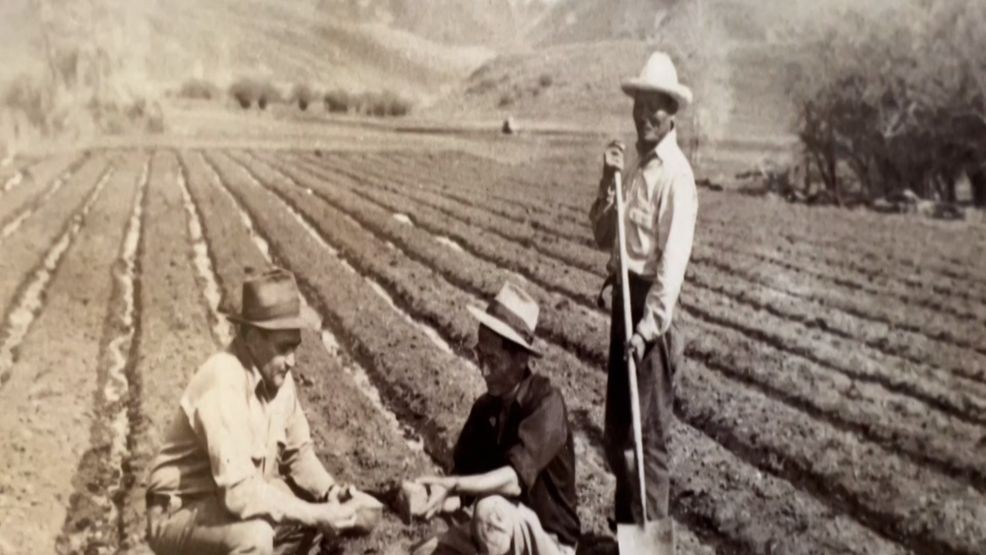JORDANELLE STATE PARK, Utah — The space where the Jordanelle Reservoir now sits was once Keetley Farm during World War II.
It became a refuge for a group of Japanese Americans who transformed Keetley into productive farmland in an effort to avoid internment camps.
Mary Wada Roath recalled some of the stories about her parents making the journey to Keetley farm from California.
MORE | Belonging in Utah:
She said her parents were cutting it close, arriving at Keetley right before the deadline of President Franklin D. Roosevelt’s Executive Order 9066.
“You know my mother and my father were the first ones to arrive. They were told that they had 38 days to either go into internment camp or self-evacuate to a different inland state,” said Roath.
Fred Wada, Mary’s father, was instrumental in bringing roughly 130 Japanese Americans to Keetley.
Before arriving, he made critical connections within the Salt Lake City community, which led him to George Fisher.
“But my father, you know, time was running short and he had to find something, so for Mr. Fisher, he had 38-hundred acres and he was asking for $7,500 a year to lease the land,” said Roath.
Fred Wada put down $500 to secure the lease and later paid off the $7,000 balance.
The journey to Keetley wasn’t easy, and the much-anticipated arrival turned out to be disappointing for Wada’s wife.
“When my mother driving down into Keetley saw the old shack and this dilapidated town, all covered in deep snowshe started to cry. Because she realized that they were bringing all these people here into this little community. What kind of life is this going to be for them?” said Roath.
It would be a very difficult transition for that group. Howard Yamamoto remembers well the stories and experiences of those who lived on Keetley Farm.
“You have to understand too, that while we were in Keetley, I believe it was as hard, if not harder, than anyone on the concentration camp. We were on our own. We lived in poverty in Keetley,” said Yamamoto.
Fred Wada cut a deal with the city, county, and state government, stating that if granted permission to live at Keetley, his colony would not ask for any financial assistance whatsoever.
For the Japanese Americans seeking refuge, this meant starting over and building a new life from the ground up.
“The terrain was horrible. They had to remove tons and tons of rocks and sagebrush, and boulders, and they used their hands,” said Roath.
On top of that, the new residents experienced some threatening moments, which for a while put into question whether they would actually stay at Keetley.
“Someone had thrown dynamite near one of the buildings, trying to frighten them off,” said Roath.
This reportedly happened on two different occasions, but in time, led to surprising results.
“The person who did throw the dynamite was a young man who worked at the mines, joined the Keetley baseball team, and apologized for what he had done when they first came in there,” said Roath.
With determination and sacrifice, the new residents of Keetley transformed the soil into productive farmland in three short months.
The farmers remained until World War II ended.
___


AloJapan.com